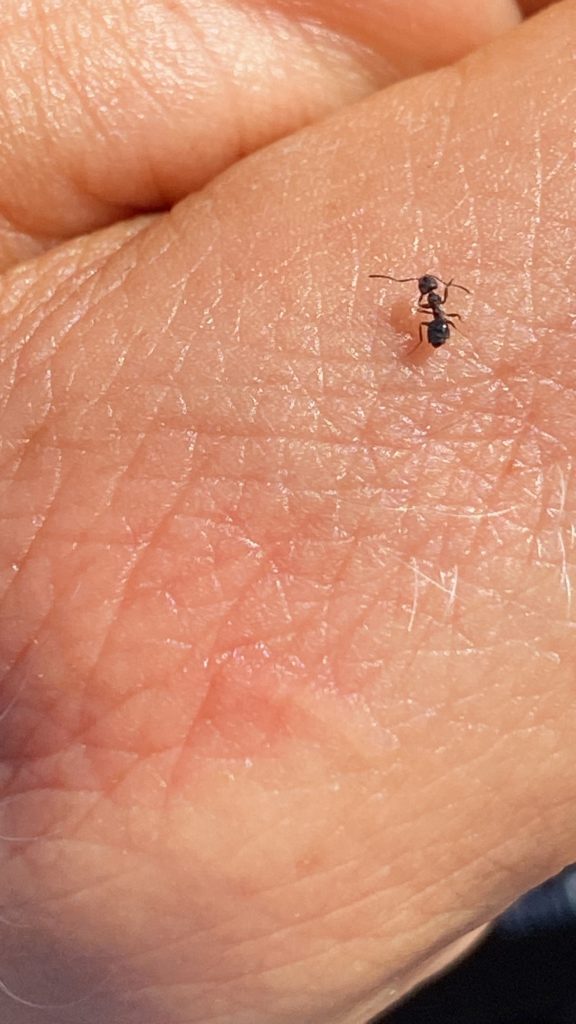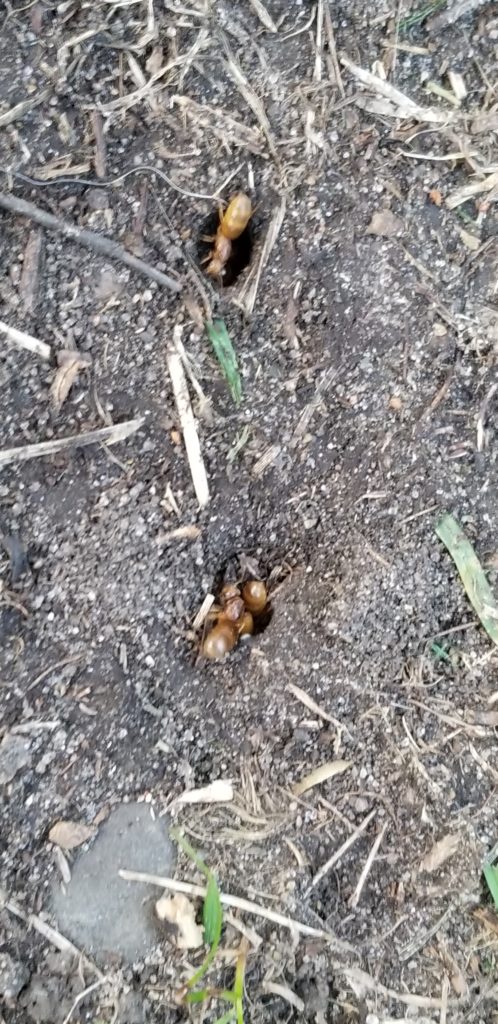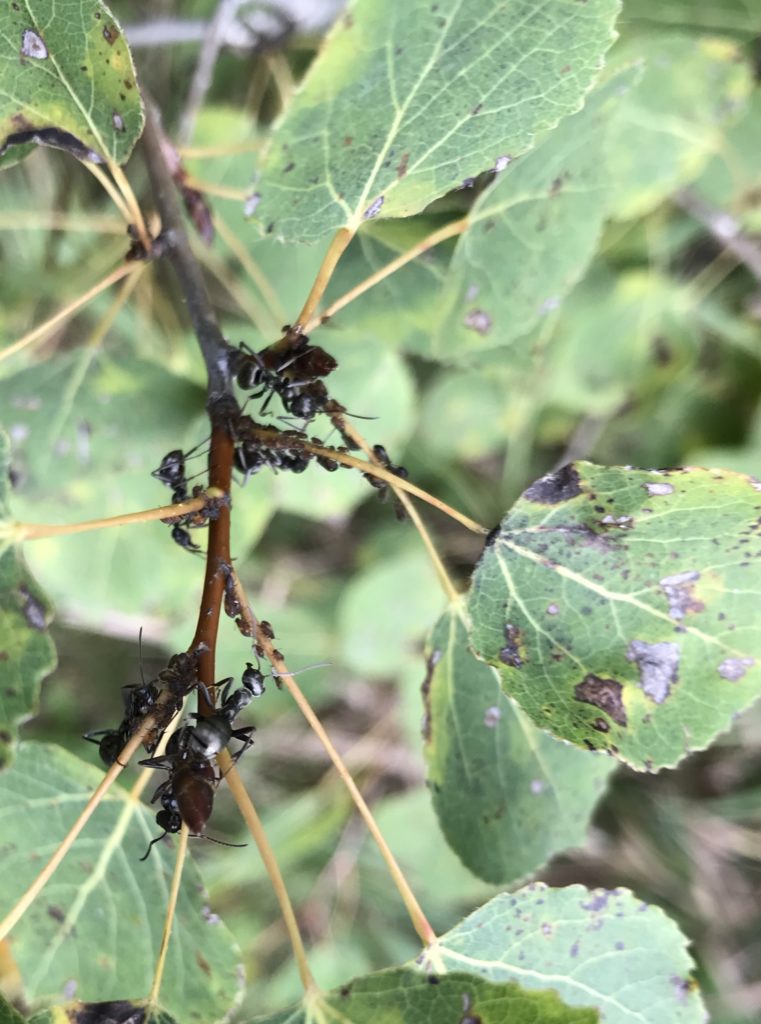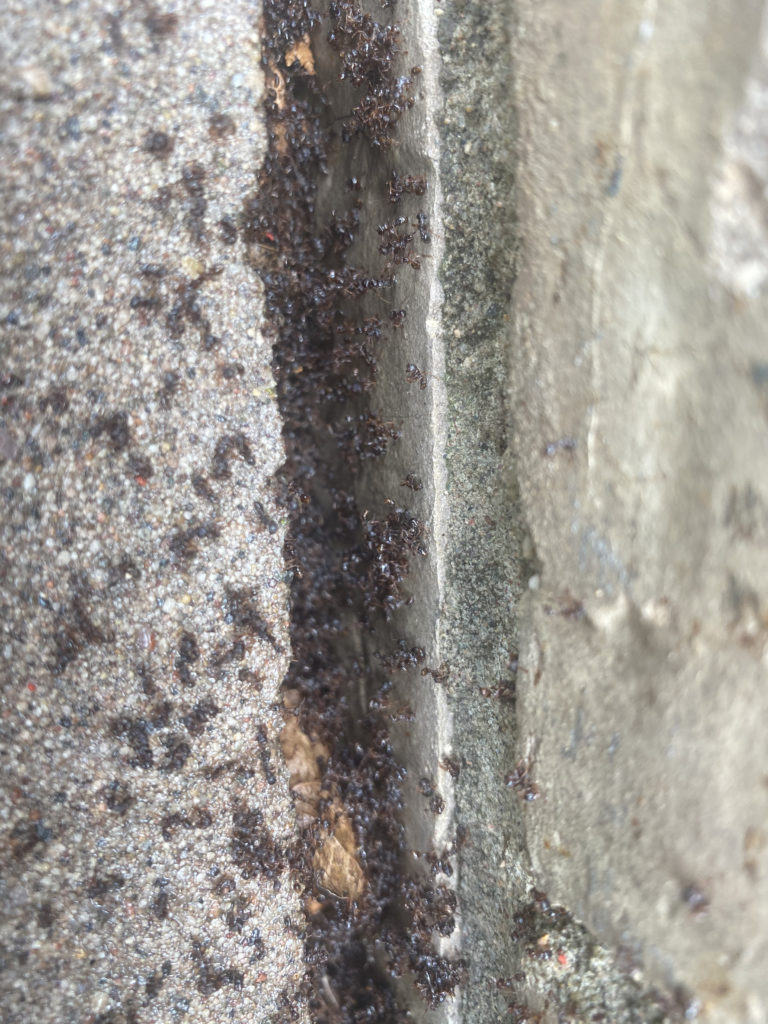Have you looked at a line of ants trailing each other and wondered just how many ants are in that colony? Are we looking at the same 50 ants over and over again, or is this some kind of magicians hat trick where there is an endless supply keeping the conveyer going? Most of us would have this be a fleeting thought, but those of us that embraced the bug world fully have taken that deep dive to find out just how many ants are in a colony.

Ants by the numbers
Even though most of us only classify ants as those that entertain us in animated films vs those that drive us crazy in parks, picnics, yard work, and worst – in our homes and businesses; there are thousands of ant species. The number of ants per colony varies from one species to the next. Here are the ants that we are most concerned about in Detroit:

- Carpenter ants – may exceed 15,000
- Acrobat ants – may be small in population but could grow to thousands of workers
- Pavement ants – seem to have a comfort zone of 3,000 to 4,000 workers
- Pharaoh ants – depending on various constraints, colonies may be as small as 100 ants or as large as several hundred thousand
- Odorous house ant – may grow up to 100,000 ants
- Thief ants – relatively small compared to some other ants and could be a few hundred ants or upwards of several thousand workers
- Big headed ants – small colonies of 200 to 300

What those numbers mean
It is easy to get lost in numbers beyond what we can hold in our hands. To put things in perspective, here are some Michigan cities that correspond to each ant’s population size.
- Carpenter ants – Grandville
- Acrobat ants – Hastings
- Pavement ants – Potterville to Eaton
- Pharaoh ants – Seney to Detroit
- Odorous house ant – Sterling Heights
- Thief ants – Hudson Township to Bloomfield Hills
- Big headed ants – Troy Township to Cedarville

Kee in mind that when you grab your shoe and smash a pile of ants, this is like shutting down one apartment complex in an entire city. Does it make a difference? Sure, for those ants under your shoes shadow, but for any outside observer the change is negligible.
If too many ants disappear at once, the colony may pull back and go into a rebuilding mode or even split the colony into two in a process called budding. When we decide to take out an ant colony, we need to be strategic and thorough with them.
How do you control a family that big?

My 3 kids keep me on my toes. I feel like I have to be constantly customizing my instruction to the ever-changing behaviors. I can’t even imagine being in my brother in law’s shoes how has a your-mine-and-ours setup that adds up to 12. As much disparity as I feel in those 2 sets of numbers, consider the carpenter ant colony that may be one family of 250,000. This is really hard to comprehend in itself. Now consider how orderly that family hears and marches to the queens orders.
Ants have evolved several behaviors that allow them to function seemingly seamlessly. From sharing a bit of food to motivate others to find the source to communicating via pheromones about incoming threats, ants have a system for just about everything. Some ants even have burial sites that they use to dispose of dead ants which helps keep the colony disease free. I did find it comforting to learn that even ants are not perfect. Each colony has its share of loafers and lackluster behaviors, but overall, the colony functions at a level most of us would consider perfection. ‘

Controlling the count down
Getting control of ants requires starting a strategic and comprehensive plan that addresses the multi-faceted nature of their biology. It is also important to stay consistent with the control methods. There will always be ebbs and flows, so continuing with regular measures ensures success. We regularly remind all of our clients to keep us posted of any increases in activity so we can return and address the issue before they get an edge. Start the countdown on the ants around your home and business with Rove Pest Control’s ant annihilators.
